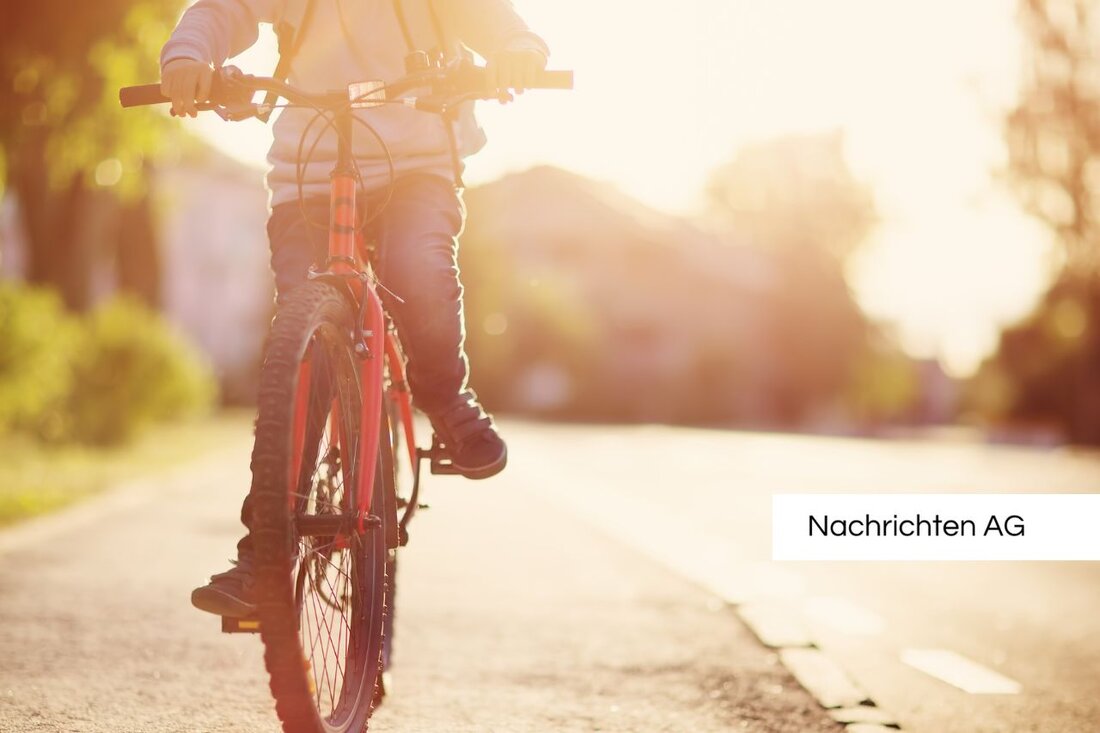Vienna relies on cycling: New gap closure on the Währinger belt!
Vienna starts cycle path offensive 2025: gap closure on the Währinger belt improves connection to the AKH and promotes environmentally friendly mobility.

Vienna relies on cycling: New gap closure on the Währinger belt!
Vienna continues to focus on sustainable mobility with the current cycle path offensive, which aims to significantly expand and optimize the city's network of cycle paths. On September 21, 2025, an important gap in the Währinger Belt/Borschkegasse in the 9th district was successfully completed. This new section improves the connection to the AKH Vienna, the University Hospital, and clearly puts the safety for cyclists in the foreground. Mobility city councilor Ulli Sima emphasizes the importance of continuous expansion of the network of cycle paths and refers to the increasing use of bicycles for everyday ways in Vienna.
The new, structurally separated bike paths, enlarged installation areas and the installation of a new traffic light on the Währinger Belt/Borschkegasse intersection contribute to safety and convenience for cyclists. Before implementing these measures, cyclists were forced to drive with cars in mixed traffic, which was rarely ideal. Since completing the project, there have also been 14 new bicycle parking spaces in Borschkegasse, which makes access to the AKH much easier for employees and visitors.
The scope and financing of the cycle path offensive
The bike path offensive 2025 comprises over 250 projects that target a total length of almost 100 km in the main bike path network. From 2021 to 2024, almost 100 kilometers of new cycling infrastructure were built or are being planned. 52 kilometers of bicycle traffic facilities were also created in the district network. According to [wien.gv.at] (https://www.wien.gv.at/verwegoffensive- 2025), the city invests around 130 million euros in the expansion of the cycling infrastructure, which is intended to increase the proportion of bike paths to 11 %-a significant improvement compared to 7 % in 2019.
Some highlights of the cycle path offensive include the completion of a 1.6-kilometer wheel connection from Hütteldorfer Straße to Johnstrasse as well as planned improvements on Julius-Standler-Platz and the Friedensbrücke. In addition, the new Klimahighway will extend from the old Danube to Lower Austria, which will offer a structurally separate bike and foot infrastructure.
Future of bicycle traffic
The ever increasing switch to the bicycle not only reflects a growing awareness of environmentally friendly mobility, but also an improved bicycle traffic infrastructure, which is supported by the spread of e-bikes and (electric) cargo bikes. As [Mobilitaetsforum.bund.de] (https://www.mobilitaetsforum.bund.de/de/themen/wissenspool/projekte/nrvp/nrvp_23-25/nrvp_rv-in-guthing Relevance of cycling.
In Vienna, this development is not only inspired by infrastructural measures, but also by growing sensitization of the population for sustainable mobility. The city pursues the long -term goal of double the traffic performance of cycling and further exploit the associated potential. The consistent expansion of the cycle paths will continue to be at the center of the political agenda.

 Suche
Suche
